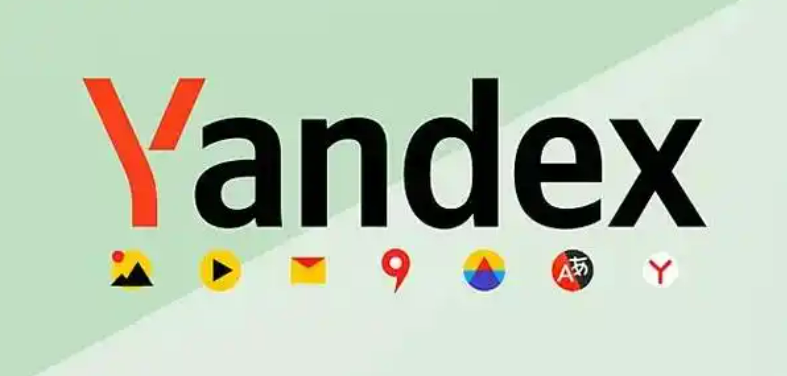Jitter Buffer
时间:2011-04-18 来源:attar
Jitter Buffer
Definetion - In VoIP, a jitter buffer is shared data area where voice packages can be collected, stored, and sent to the voice processor in evenly spaced intervals. Variations in packet arrival time, called jitter, can occur because of network congestion, timing drift, or route changes. The jitter buffer, which is located at the receiving end of the voice connection, intentionally delays the arriving packets so that the end user experiences a clear connection with very little sound distortion. There are two kinds of jitter buffers, static and dynamic. A static jitter buffer is hardware-based and is configured by the manufactures. A dynamic jitter buffer is software-based and can be configured by the network administrator to adapt to changes in the network's delay.
Problem: Jitter Buffer A jitter buffer temporarily stores arriving packets in order to minimize delay variations. If packets arrive too late then they are discarded. A jitter buffer may be mis-configured and be either too large or too small.
Impact If a jitter buffer is too small then an excessive number of packets may be discarded, which can lead to call quality degradation. If a jitter buffer is too large then the additional delay can lead to conversational difficulty.
Resolution A typical jitter buffer configuration is 30mS to 50mS in size. In the case of an adaptive jitter buffer then the maximum size may be set to 100-200mS. Note that if the jitter buffer size exceeds 100mS then the additional delay introduced can lead to conversational difficulty.
Definetion - In VoIP, a jitter buffer is shared data area where voice packages can be collected, stored, and sent to the voice processor in evenly spaced intervals. Variations in packet arrival time, called jitter, can occur because of network congestion, timing drift, or route changes. The jitter buffer, which is located at the receiving end of the voice connection, intentionally delays the arriving packets so that the end user experiences a clear connection with very little sound distortion. There are two kinds of jitter buffers, static and dynamic. A static jitter buffer is hardware-based and is configured by the manufactures. A dynamic jitter buffer is software-based and can be configured by the network administrator to adapt to changes in the network's delay.
Problem: Jitter Buffer A jitter buffer temporarily stores arriving packets in order to minimize delay variations. If packets arrive too late then they are discarded. A jitter buffer may be mis-configured and be either too large or too small.
Impact If a jitter buffer is too small then an excessive number of packets may be discarded, which can lead to call quality degradation. If a jitter buffer is too large then the additional delay can lead to conversational difficulty.
Resolution A typical jitter buffer configuration is 30mS to 50mS in size. In the case of an adaptive jitter buffer then the maximum size may be set to 100-200mS. Note that if the jitter buffer size exceeds 100mS then the additional delay introduced can lead to conversational difficulty.
相关阅读 更多 +
排行榜 更多 +










